All products featured are independently chosen by us. However, SoundGuys may receive a commission on orders placed through its retail links. See our ethics statement.
How to setup at-home surround sound audio
There are two reasons we pay to see a movie in theater: for an immersive experience, and to indulge in popcorn so buttery cholesterol levels rise from just looking at it. It would be irresponsible of us to write a how-to detailing the amount of butter required to compete with your local theater popcorn. However, we can guide you through setting up a surround sound audio system.
Editor’s note: this article was updated May 15, 2024, to provide more information on 5.1 surround sound setups and to add some frequently asked questions.
What is surround sound?
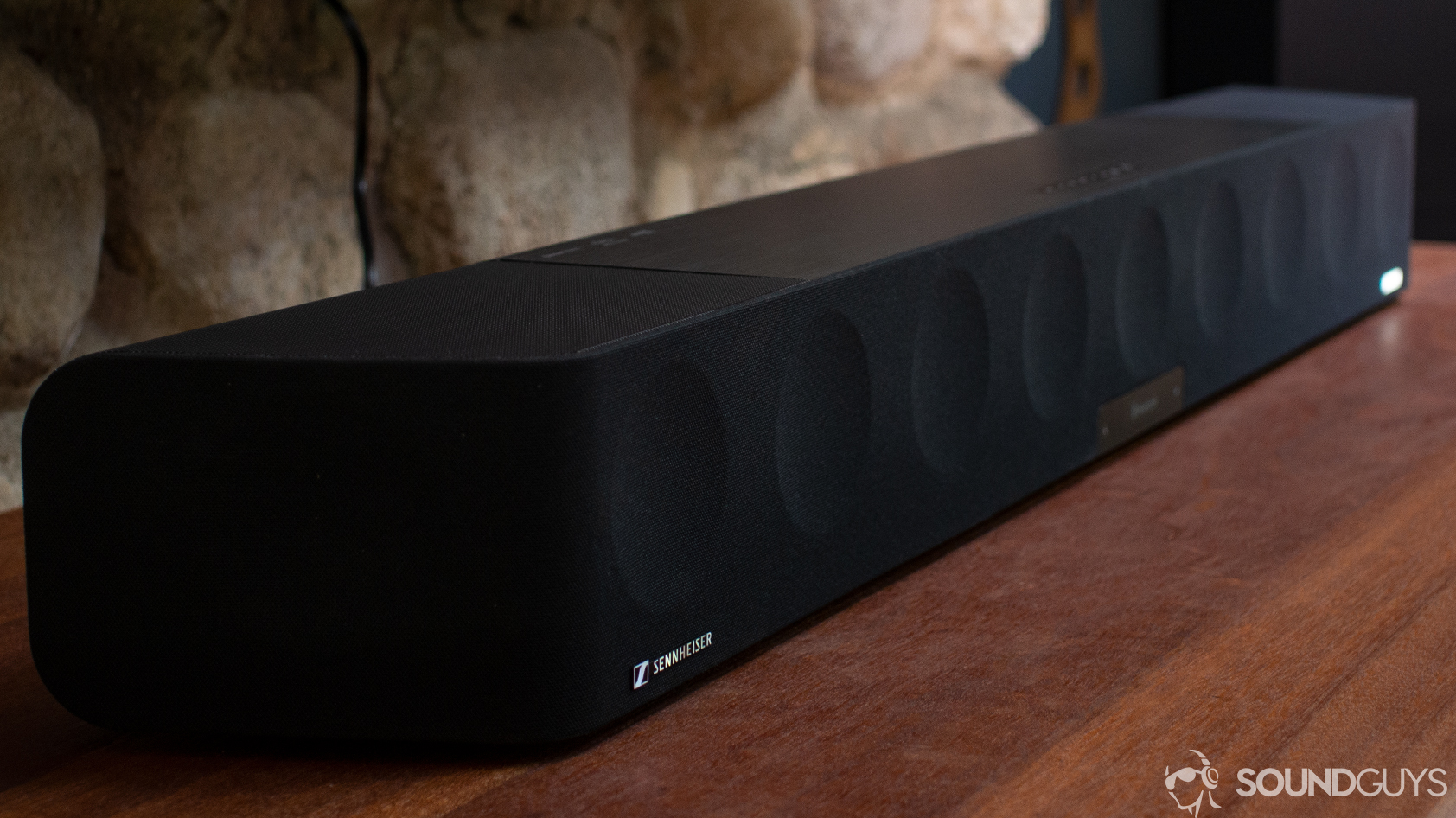
Surround sound uses multiple audio channels and an array of speakers to reproduce audio. This produces a more realistic emulation of sound than the typical 2 channel stereo setup. The more numbers (audio channels) added to a given configuration, the greater the potential for realism in spatial sound reproduction. There are three popular basic configurations: 5.1, 7.1, and 9.1. Great. These numbers address the number of channels but what do they actually mean? The first number (before the decimal point) refers to the number of full-range loudspeakers employed.
The second number (after the decimal point) specifies how many low-frequency subwoofer channels exist. It’s treated with a low-pass filter and attenuates frequencies higher than 120Hz. Sometimes you’ll see an option with three numbers (e.g. the Sennheiser Ambeo Soundbar is a 5.1.4 system). The third number indicates the use of aerial (height) speakers or, in the Ambeo’s case, upward-firing speakers. It may sound like overkill. Nevertheless, if you want to take full advantage of Dolby Atmos technology, overhead speakers facilitate more accurate audio reproduction by adding height information.
5.1 was the home theater standard
The most popular home theater setup is a 5.1 configuration, so named because it consists of a total of 6 channels: 5 standard full-range speakers (front, center, surround, etc.) and 1 dedicated subwoofer for low-frequency reproduction. This arrangement gives a pretty comprehensive surround sound experience without overcomplicating the setup. There are three front channels, two rear (surround) channels, and one subwoofer channel. It’s the standard for DVD and Blu-ray media: Dolby Digital and Dolby DTS operate on the 5.1 format.
Protip: enable surround sound in sports games, then disconnect the center channel if you don't want to listen to the announcers.
You can sift through various outlets to find a 5.1 system that fits your style. Unfortunately, things get expensive quickly. If you’re looking for an excellent budget option, the Vizio Home Theater Soundbar System is a great choice that doesn’t require an AV receiver. Otherwise, if you already own a receiver Monoprice is respected for its high-value, low-cost products.
What you need to know about AV receivers
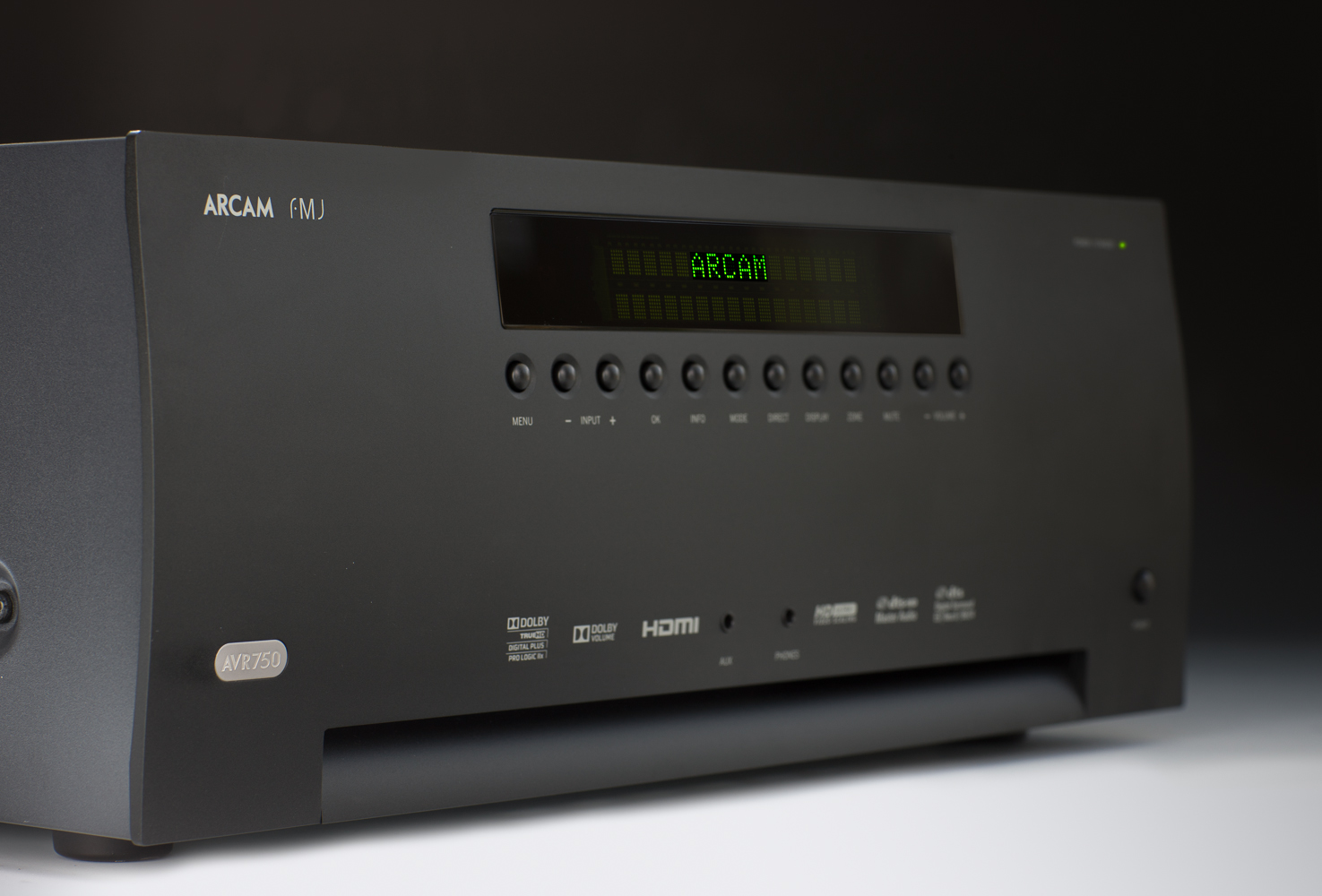
If you want to build your own system, you’ll require an audio-visual (AV) receiver. If you’re completely new to the world of home theater, an AV receiver receives audio and visual signals from multiple sources, then processes and amplifies those signals to drive the speakers and display (e.g. TV, monitor, projector). You need an AV receiver, rather than a standard stereo receiver, for surround sound because you’re handling more than two channels of audio.
Whether or not you’re using an AV receiver, HDMI ARC can simply things. This consolidates your audio-visual cables, requiring cable instead of multiple. While it’s a way to futureproof your investment, you must check that your TV is HDMI ARC-compatible. Otherwise, you might end up buying a whole new TV to go with your luxury surround sound system.
Decoders
You also need to look out for decoder compatibility. AV receivers typically have more than one decoder standard. A good starting point is to look for a Dolby Digital-ready receiver: every DVD and all United States HD broadcasts use Dolby Digital. These certified receivers include inputs and amps for additional channels and ensure the inclusion of a Dolby Digital decoder. If you’re arranging a 7.1 setup, lookout for a receiver which supports Dolby Digital Plus.
Select cables for specific inputs and outputs
AV receivers have a myriad of connectors. You can learn all about audio connections here. If you want a quick rundown of the most prevalent inputs and outputs for surround sound receivers, read on. Depending on what kind of 5.1 configuration you’ve purchased and your pre-existing peripherals, only some of these connections may be used.
HDMI
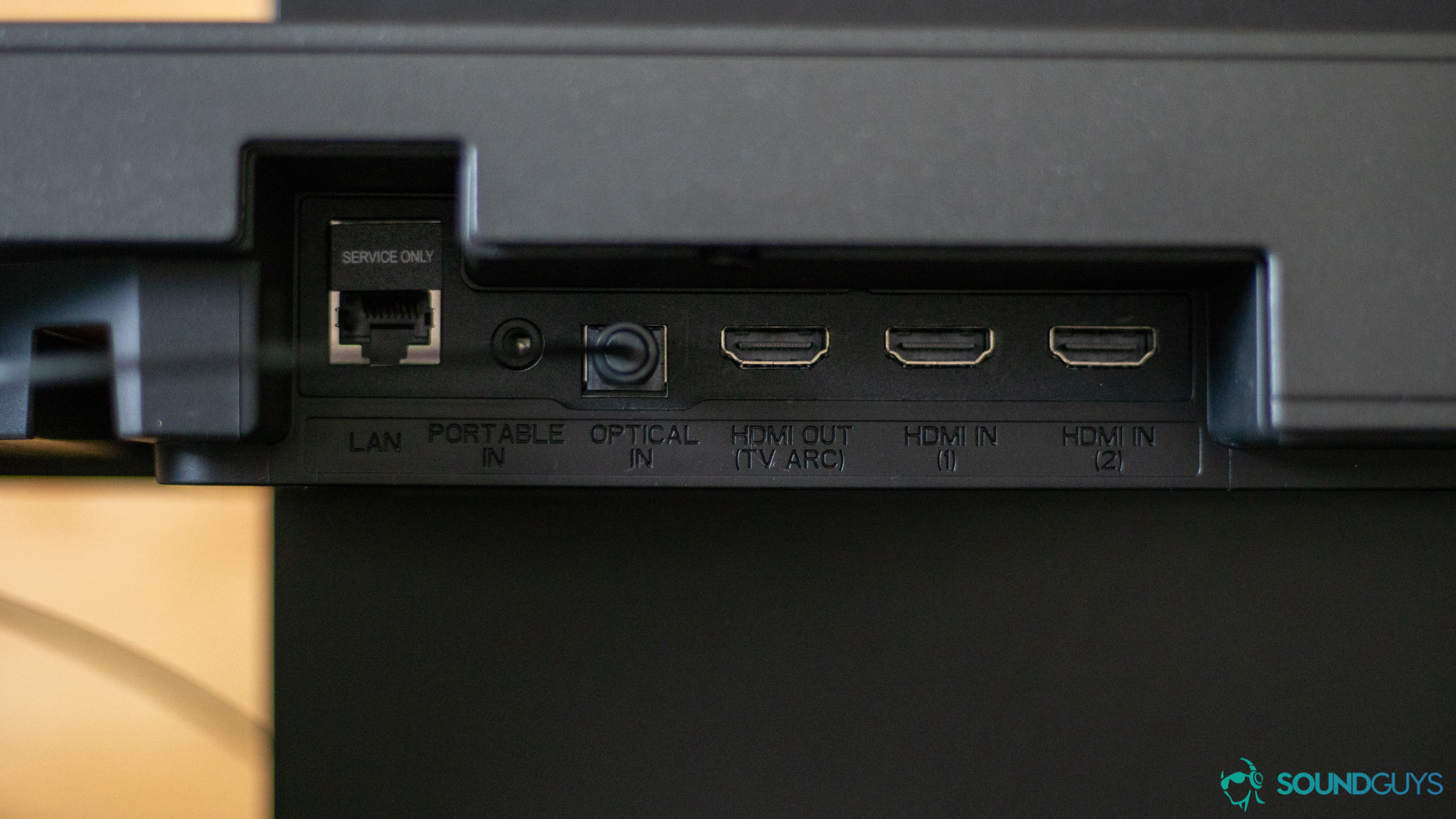
HDMI is imperative for modern home theater setups. It’s used for all HD and 4K sources (e.g. Blu-ray players, cable boxes, and gaming consoles). Receivers typically have two to four HDMI inputs and an output which goes to your TV. If your receiver is HDMI ARC compatible, you’ll have fewer cables to connect from the speakers to the receiver box. You can get a cheap, effective HDMI cable from nearly anywhere.
Digital coaxial and optical inputs
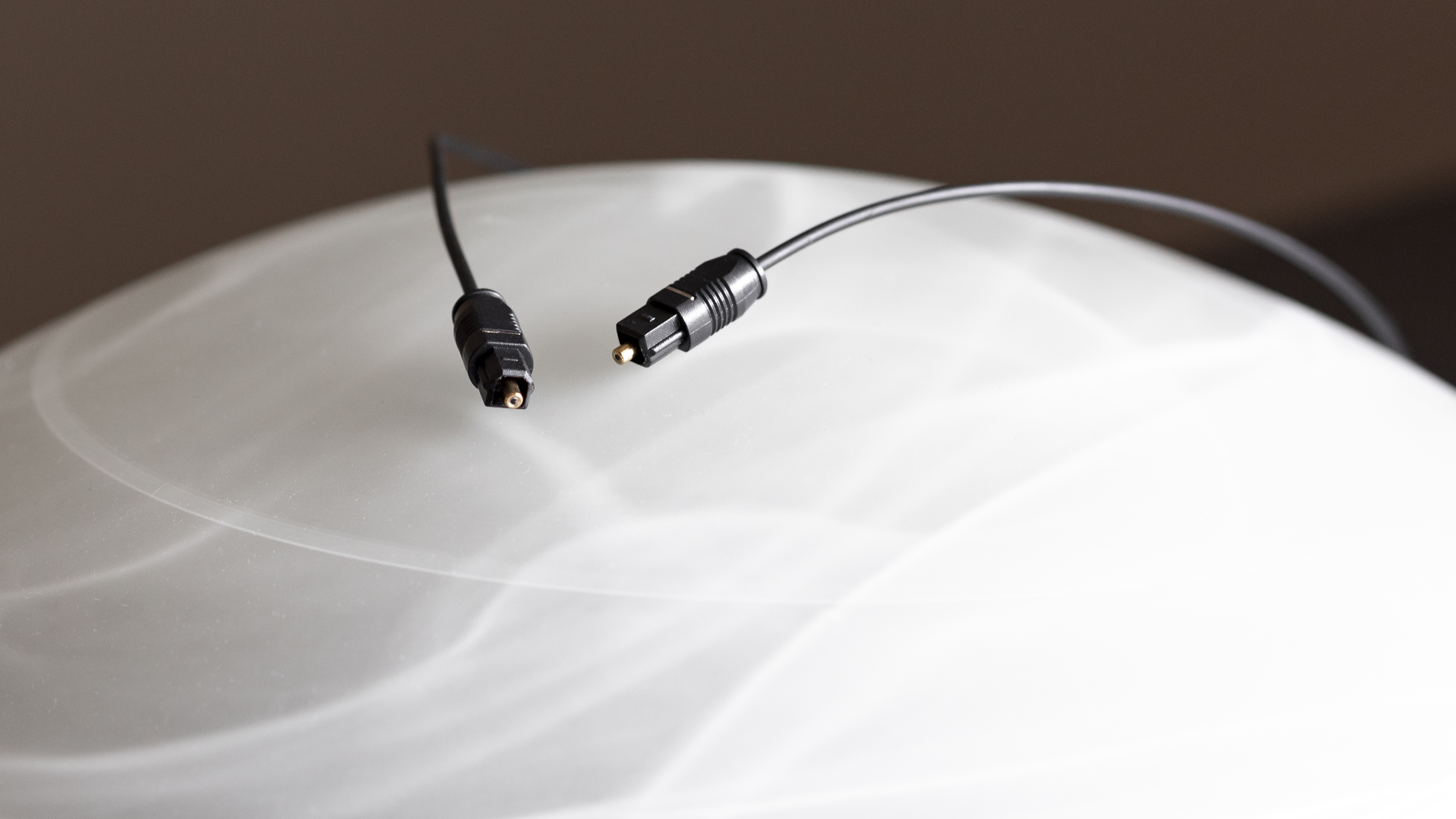
Coaxial and optical inputs serve do basically the same thing but with different cables and connectors. These connections transmit Sony/Phillips digital audio interface (S/PDIF) signals between various devices. They support mono, stereo, Dolby Digital surround sound, and DTS.
Multi-channel analog connections
Rather than assigning a basic left and right connection, as stereo setups do, surround sound requires dedicated inputs per channel: left front/back, right front/back, and center. This is used for connecting a DVD or Blue-ray player to your AV receiver. You’ll need a handful of RCA cables to form proper connections.
Speaker terminals
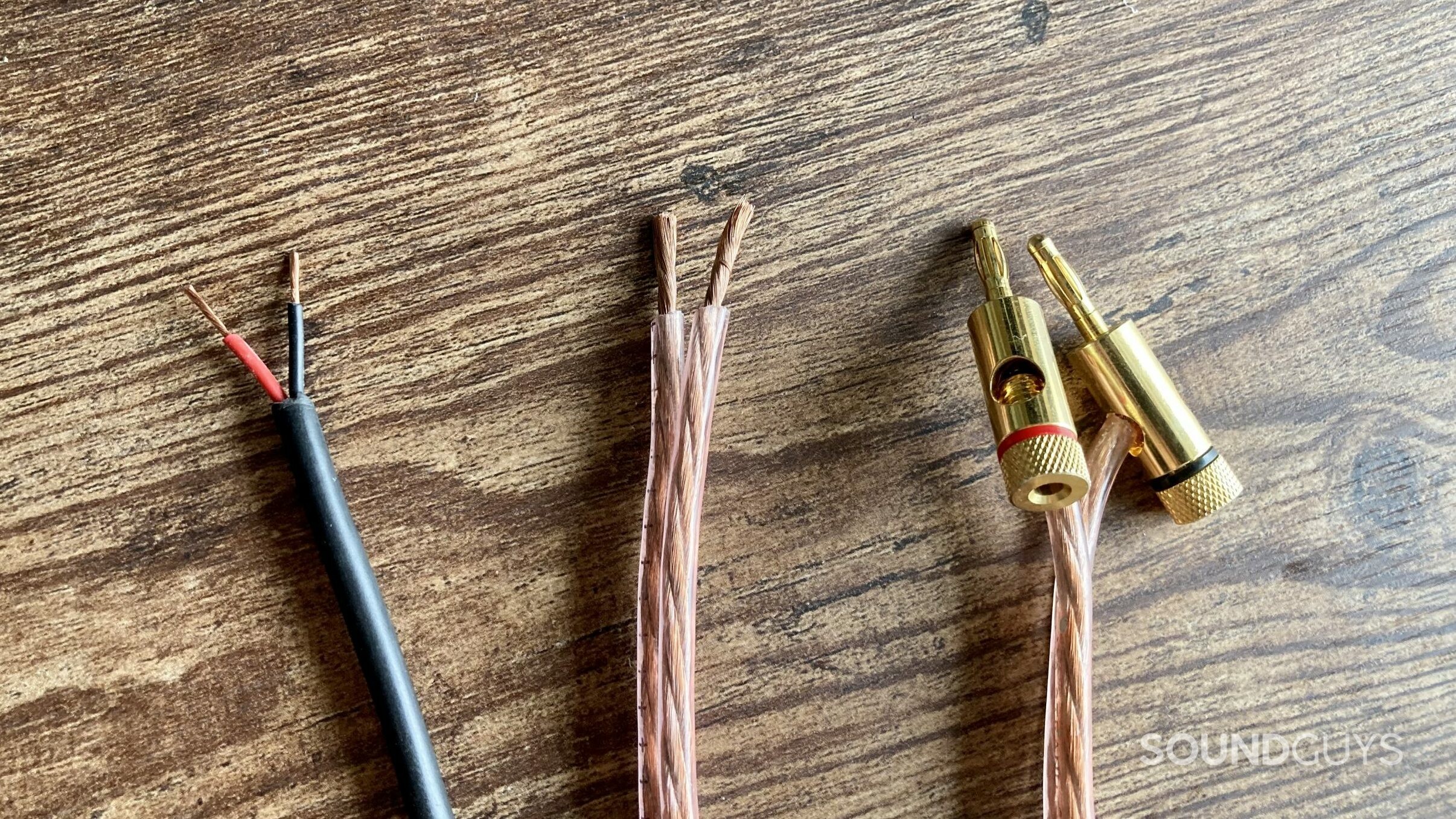
Speaker connections are key to setting up a home theater system. This matrix of connections may look intimidating but should be clearly labelled. You should see front, center, surround, etc. Speakers get connected here via speaker wire and banana plugs. If you don’t want to fiddle with attaching the wire to the plugs yourself, get these.
All you need to do is match each speaker to its respective connection. For instance, the center channel speaker must be hooked up to the center-labeled connections. What’s more, be sure to align the speaker wire to its respective polarity. Positive (red) to positive and negative (black) to negative to avoid phase cancellation caused by mis-matched polarity.
Subwoofer preamp outputs
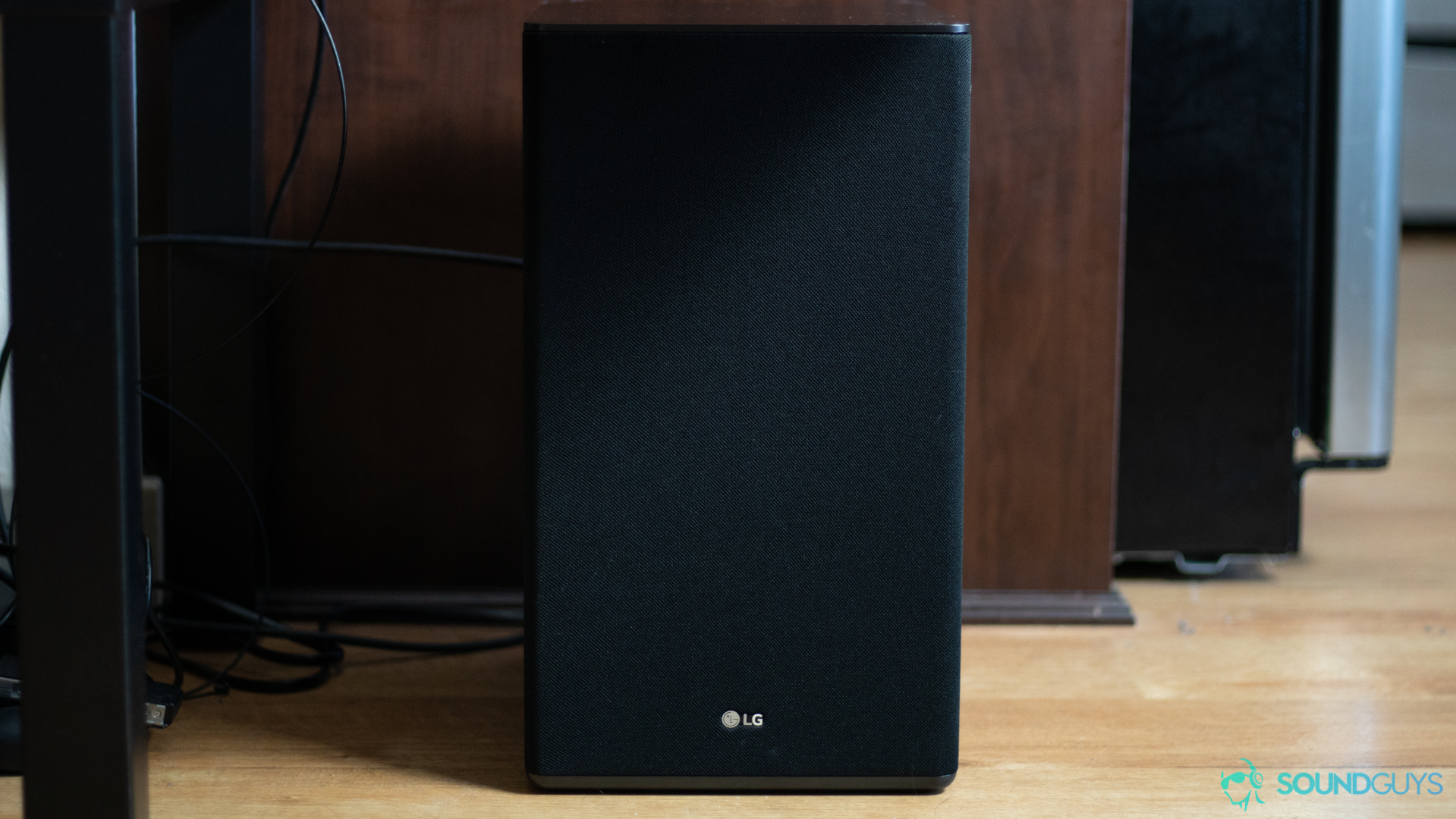
Your subwoofer needs to be connected to the system, and it can be done in a few ways. AV receivers simplify the process by providing the subwoofer its own preamp output. Generally subwoofers have integrated amplifiers, which means the receiver isn’t responsible for powering the woofer. Instead, it’s just in charge of transmitting the audio signal. You need a subwoofer cable for this.
Optimize the room
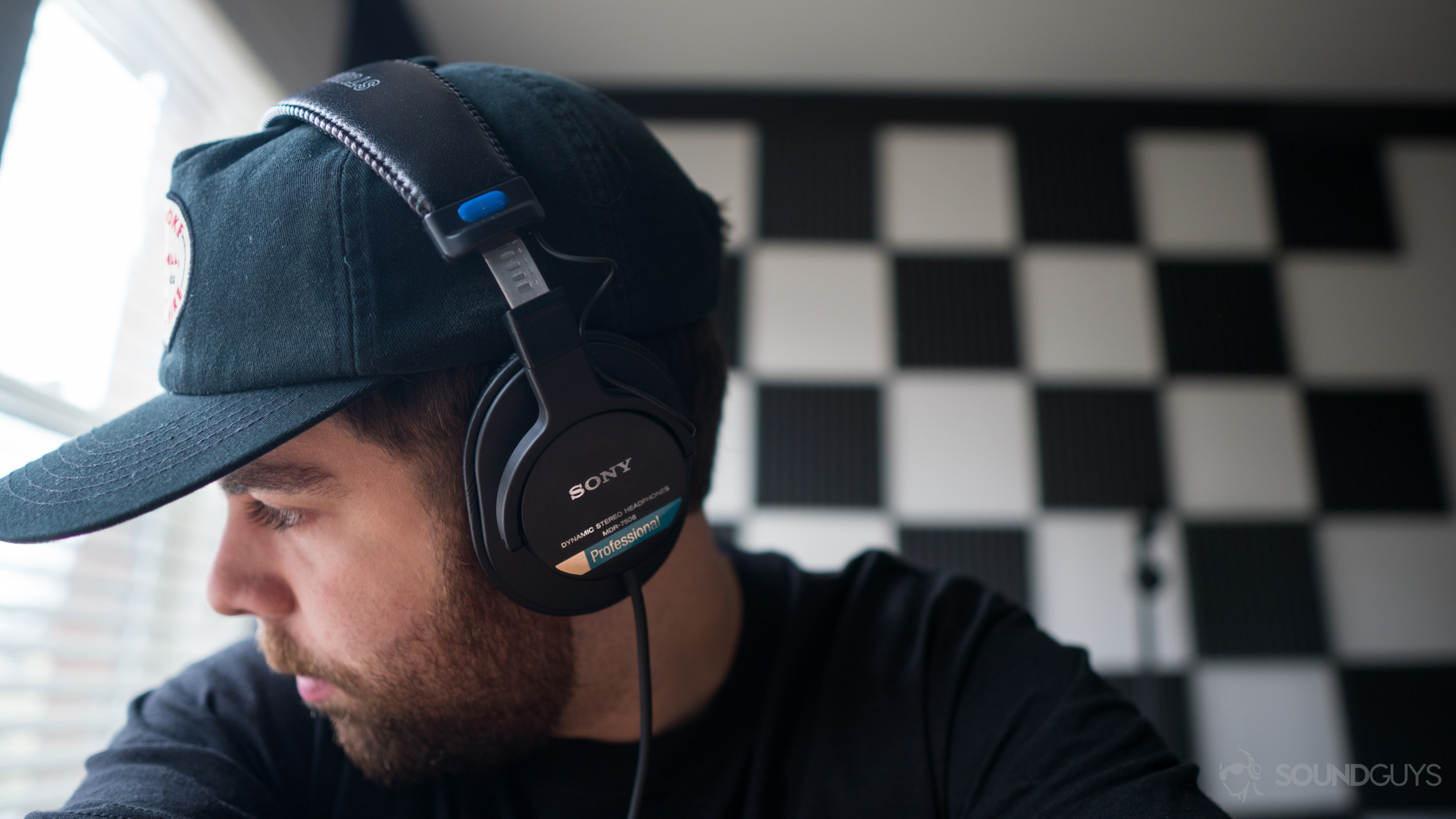
Just like with any home theater setup, be it a soundbar or a full-fledged compenent based surround sound system, you want to rearrange and optimize the room for acoustic purposes. You could convert your room into a dedicated theater, but this is much more economical.
Reduce the number of reflective surfaces or counter them with soft items like foam or additional padded furniture.
One of the first things you should do is look around. Do you have a mixture of surface types in the room? Hardwood is a reflective surface and bounces sound around like crazy. Carpet, on the other hand, absorbs high frequency sound waves. Ideally you want a mixture of both hard and soft surfaces. If your designated room is completely hardwood, invest in some rugs or thicker curtains. If acoustic treatment is in your budget (it should be) and not too much of an eyesore for you, get acoustic panels and place them throughout the room. You can fix it to the walls, ceiling, and ideally get bass traps for the corners too.
Arrange the speakers
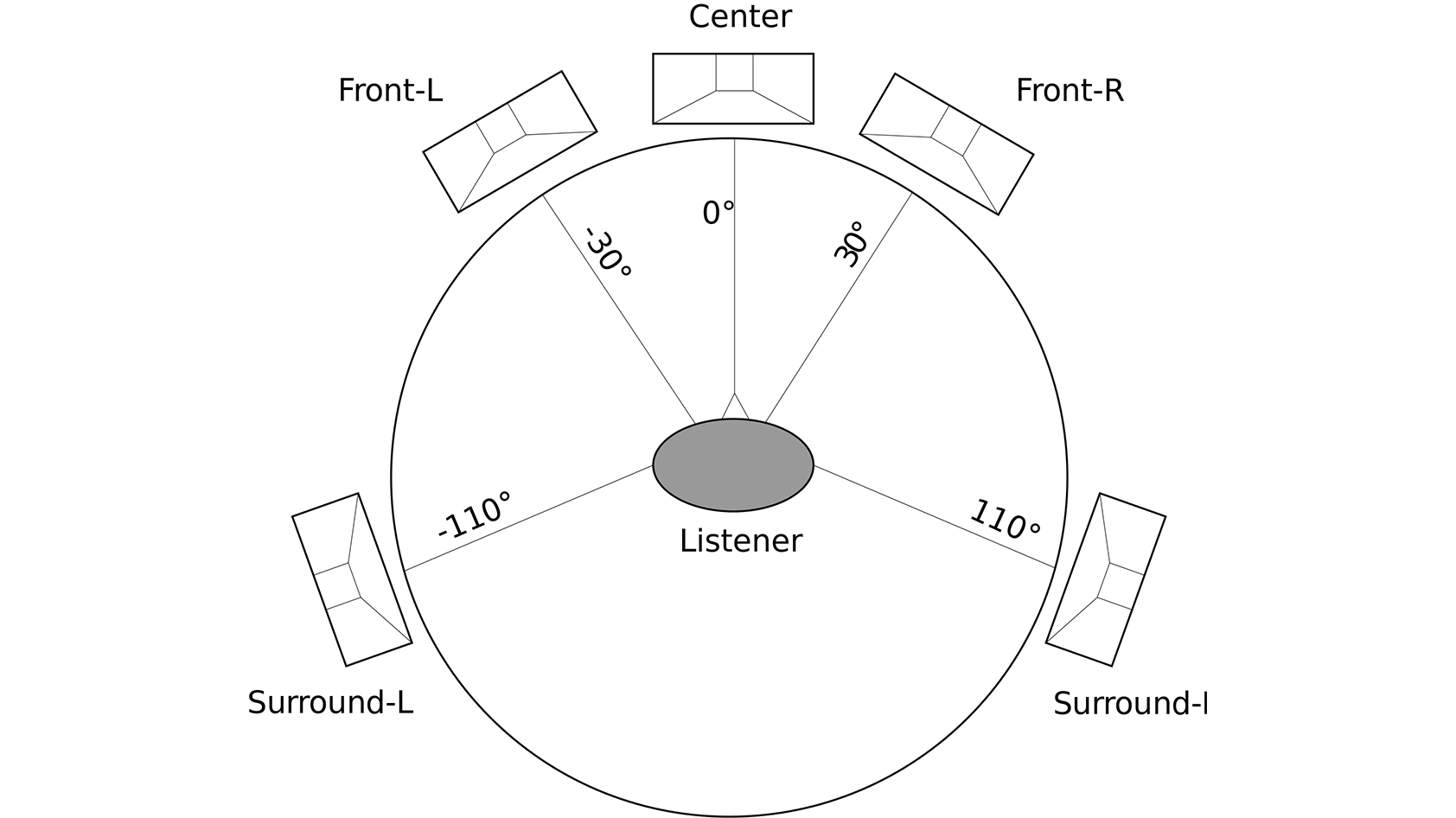
For a 5.1 system, there are three front-channel speakers, two rear-channel speakers, and one subwoofer. You can get a basic understanding of how to place the speakers depending on its dedicated channel.
The center channel speaker goes under or above your screen, which should be directly in front of your couch. After that, take your side-channel speakers and place them on the sides of the screen so you form the third point of an equilateral triangle. Toe them in toward the listening position until each hits a 30º angle (see the illustration above).
Then there are the rear left and right speakers. These give a sense of spatial awareness, hence why they’re referred to as the surround channels. They have a sharper 90-110º angle. Both speakers should be equidistant from you and sit at ear level.
Finally, there’s the subwoofer. This takes care of all the explosions and adds impact to action scenes. You can experiment with placement for this to see what works best for your room. You can always fine-tune the placement to your liking.
But speaker arrangements aren’t everything. Since no two rooms are alike, you may have to fine-tune some of the settings after some initial listening to optimize your experience. Also, make sure to clear the way for your speakers; if you can’t see the speakers from where you’re sitting, you’re not getting the best listening experience.
Optional: let your computer tune your surround sound system
It’s 2023, and home theater technology has come a long way. If you really want to nerd out with your home theater setup, let your computer do the hard work!
- Buy a DSP box like the miniDSP 2×4 HD, along with a test mic like the miniDSP UMIK-1 (Editor’s note: be sure the box you choose has enough output channels for your system. You might need a more serious box.)
- Set up your home theater, and install Room EQ Wizard, or the software that comes with your DSP box
- Connect the inputs to the DSP box, and then the outputs to the correct inputs on the receiver.
- Run through the recommended equalization steps, including placing the mic where you’d normally listen at.
- After a few test sweeps the computer will determine what the best equalization settings are, and export them to the DSP box.
- Disconnect your computer, and you’re done!
The benefit to adding a DSP box to your setup is that it alters the sound that reaches your ears in a way that’s optimized for the room you’re in. Rather than laboriously adjusting fine settings, the computer knows what’s ideal, and can even take your input on how you like to hear your sound. By adding a DSP box, you’re:
- Giving your speakers an optimized signal for your listening environment
- Making it easier for your speakers to perform well by giving low frequencies only to your subwoofer, and letting the other channels focus on what they were built for
- Adjusting the timing of the speakers to ensure that every sound reaches you at exactly the right time.
Sure, it’s nerdy and expensive, but it maxes the possible performance of any system.
This sounds like a lot of work, is surround sound worth it?

You’re right. It is more work to properly configure a surround sound system than it is to let audio blast through your TV speakers. If you appreciate visual entertainment as a form of escapism, a way to truly indulge in something outside of your reality, the time and financial investment is worth it.
By taking an hour or so to set up your surround sound system, you’ll be more immersed in your favorite movies and shows. Yes, “immersion” is a marketing buzz word, but whether you’re a new father, overworked bartender, or underpaid desk jockey, being transported away from the stresses of daily life is something we can all benefit from.
The market is constantly changing, demonstrated by advancements in 3D audio and Dolby Atmos-enabled soundbars, and traditional surround sound systems may soon be rendered obsolete. However, seeing as the Sennheiser Ambeo Soundbar retails for $2,500, it’ll likely be a slow extinction. Until then, cozy up to your collection of leftover speaker wire and banana plugs and get to streaming your favorite Hulu shows and Netflix movies.
Frequently asked questions about surround sound setups
If you have the time and resources to properly set up a surround sound system, the immersion and escapism offered by surround sound is absolutely worth the investment. It can be a hefty investment, not to mention a lot of work, but it will take your appreciation of visual and auditory entertainment to a whole new level.
Many modern soundbars feature side-firing and up-firing drivers, as well as compatibility with Dolby Atmos and other profiles, which can help to replicate the immesion of surround sound to some degree. For causal or space-limited use cases, this may be sufficient. That said, you will still get the best experience with a ‘true’ 5.1 or 7.1 surround sound setup.